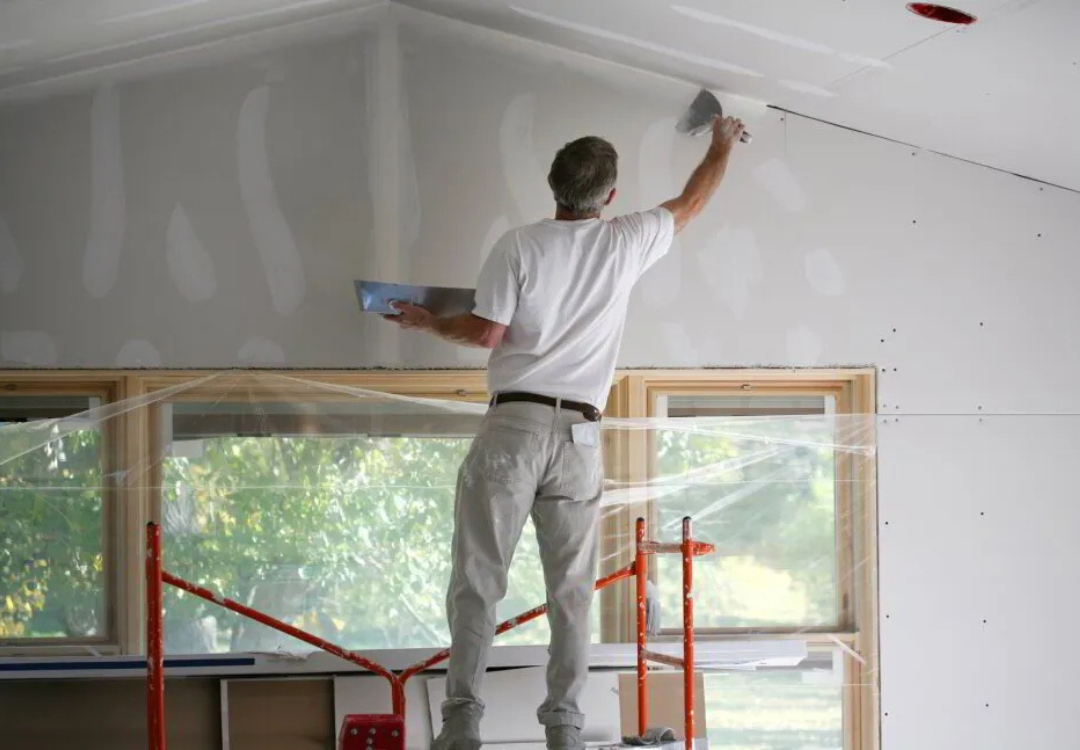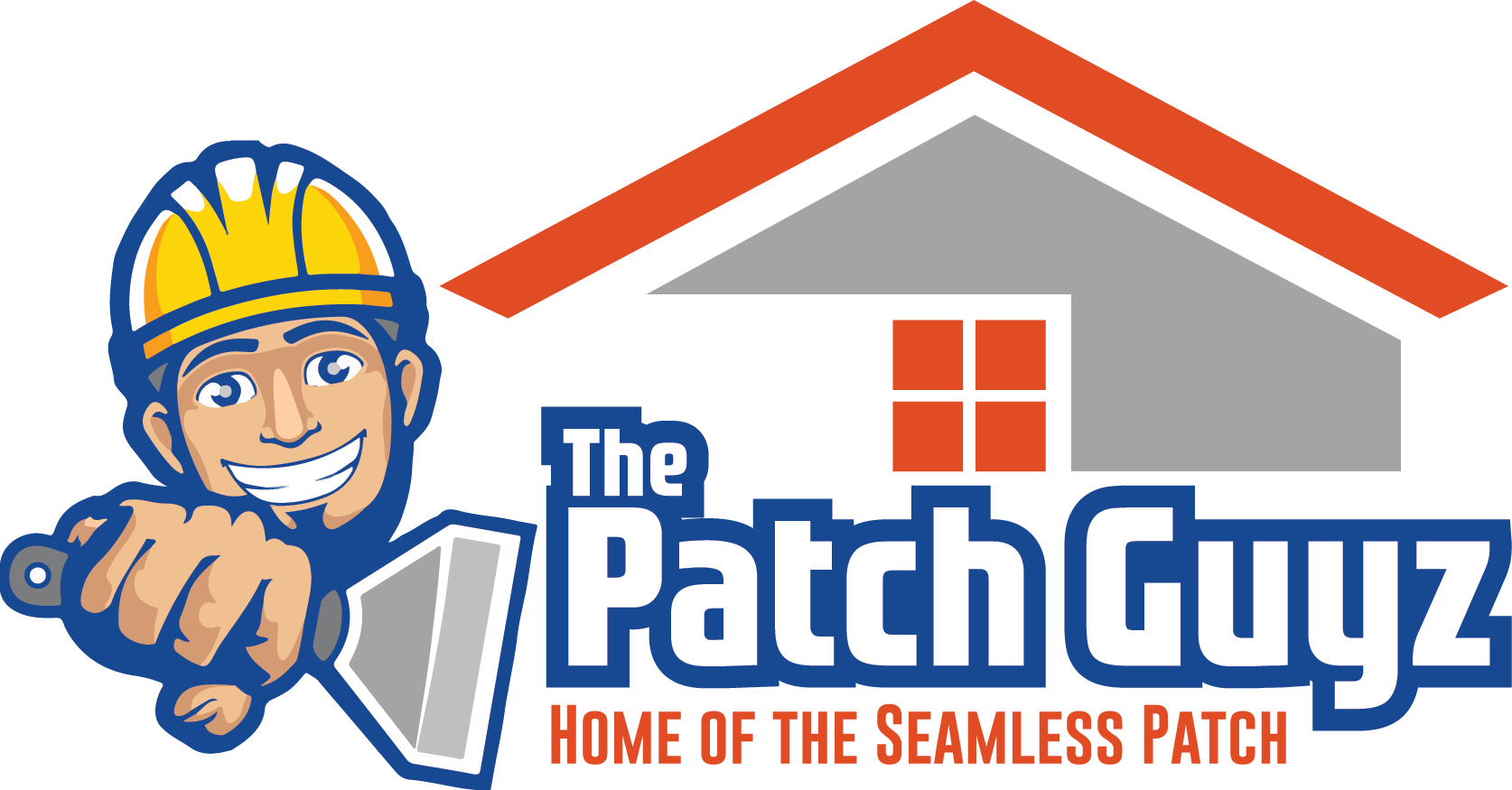Plaster walls have graced homes with their timeless elegance, but as time passes, the allure of converting to modern drywall surfaces becomes increasingly enticing. Are you considering the transformation potential that plaster to drywall conversion services can offer your living space? Embracing this evolution could revitalize your home's aesthetic, durability, and maintenance ease. Let's delve into the transformative journey of upgrading from plaster to drywall and explore the benefits and considerations along the way.

Complete guide to plaster to drywall conversion services
Reasons to Consider Plaster to Drywall Conversion Services
Plaster walls were once a staple in home construction, but over time, the benefits of drywall have become increasingly apparent. Here are some key reasons why homeowners should consider investing in plaster to drywall conversion services
Benefits of Upgrading to Drywall
- Enhanced Durability: Drywall is less prone to cracking and damage compared to plaster walls, ensuring a longer lifespan.
- Improved Aesthetics: Drywall offers a smoother, more modern finish that can enhance the overall appearance of a space.
- Easier Installation: Drywall is quicker to install than plaster, saving both time and labor costs during the conversion process.
Common Issues with Plaster Walls
- Susceptibility to Cracks: Plaster walls are more likely to develop cracks, especially in older homes with settling foundations.
- Limited Insulation: Plaster walls lack the insulating properties of drywall, potentially leading to higher energy costs.
- Difficult Repairs: Repairing damaged plaster can be time-consuming and costly compared to drywall repairs.
How Conversion Services Can Improve Home Value
Investing in plaster to drywall conversion services can significantly increase the value of your home. The modern look and durability of drywall can attract potential buyers and set your property apart in the real estate market. Additionally, the low maintenance requirements of drywall can make your home more appealing to prospective buyers looking for a hassle-free living space.
When considering a conversion from plaster to drywall, weigh the benefits of durability, aesthetics, and increased home value to make an informed decision that aligns with your long-term goals for your property.
Understanding the Process of Plaster to Drywall Conversion
When embarking on a plaster to drywall conversion project, it's essential to understand the step-by-step process involved to ensure a successful transformation of your walls.
Initial Assessment and Planning
Before the conversion begins, a professional contractor will conduct a thorough assessment of the existing plaster walls. This evaluation helps identify any underlying issues that may impact the conversion process. Planning plays a crucial role in determining the timeline, materials needed, and budget for the project.
Removal of Existing Plaster
The first phase of the conversion process involves removing the existing plaster from the walls. This task requires precision to avoid damage to the underlying structure. Proper disposal of the old plaster is essential to maintain a clean and safe work environment.
Installation of Drywall
Once the plaster is removed, the next step is to install the new drywall sheets. Professional installers will ensure that the drywall is securely attached to the wall frame, providing a sturdy foundation for the finishing touches.
Finishing Touches and Painting
After the drywall is installed, the seams are taped, mudded, and sanded to create a seamless surface. Professional painters can then apply the desired paint color or texture to achieve the final look. Proper finishing is key to achieving a polished and professional appearance for your newly converted walls.
For more detailed insights into the plaster to drywall conversion process, you can refer to reputable resources such as Home Depot's guide on drywall installation.
Cost Factors of Plaster to Drywall Conversion Services
Converting from plaster to drywall involves several cost considerations that homeowners should be aware of to budget effectively for the project.
Materials Cost Comparison
- Drywall Sheets: The cost of drywall sheets varies based on the thickness and quality selected for the conversion project.
- Joint Compound and Tape: Additional materials like joint compound and tape for finishing the drywall should be factored into the budget.
- Paint and Primer: Budgeting for paint and primer is essential to achieve the desired aesthetic for the newly converted walls.
Labor Costs Involved
- Removal and Disposal: Labor costs for removing the existing plaster and properly disposing of it can contribute to the overall project expenses.
- Drywall Installation: Professional installation of the drywall sheets and finishing touches by skilled workers adds to the labor costs.
- Painting Services: Hiring painters to apply the final coat of paint or texture can also influence the total cost of the conversion.
Potential Additional Expenses to Consider
- Permit Fees: Depending on local regulations, obtaining permits for the conversion project may incur additional fees.
- Repair Work: Addressing any structural issues or repairs needed before the conversion can lead to unforeseen expenses.
- Cleanup Costs: Proper cleanup after the conversion project is completed may involve additional costs for debris removal or waste disposal.
Understanding the various cost factors involved in plaster to drywall conversion services can help homeowners budget effectively and plan for a successful transformation of their living spaces.
Hiring the Right Professionals for Your Plaster to Drywall Conversion
Ensuring a successful plaster to drywall conversion requires hiring experienced professionals who can execute the project with precision and quality craftsmanship. Here are essential steps to take when selecting the right contractors for your conversion needs:
Researching Reputable Contractors
- Online Reviews: Conduct thorough research online to read reviews and testimonials from previous clients about the quality of work and professionalism of potential contractors.
- Portfolio of Work: Review the portfolio of contractors to assess their capabilities and see examples of past plaster to drywall conversion projects they have completed.
- References: Request references from contractors and follow up with past clients to inquire about their experiences and satisfaction with the conversion services provided.
Questions to Ask Before Hiring
- Experience and Expertise: Inquire about the contractor's experience in handling plaster to drywall conversions and verify their expertise in this specific area.
- Timeline and Schedule: Discuss the estimated timeline for the project and ensure it aligns with your expectations and availability.
- Contract and Insurance: Clarify the terms of the contract, including insurance coverage and warranty for the work performed.
Checking for Licenses and Insurance
- License Verification: Ensure that the contractor holds the necessary licenses and certifications required to perform construction and renovation work in your area.
- Insurance Coverage: Verify that the contractor carries liability insurance to protect against any potential damages or accidents that may occur during the conversion process.
By taking the time to research, ask the right questions, and verify credentials, you can hire professionals who will execute your plaster to drywall conversion seamlessly and deliver high-quality results.
Tips for Maintaining and Caring for Your Newly Converted Drywall
After investing in a plaster to drywall conversion for your home, it's essential to maintain and care for the newly installed drywall to preserve its appearance and durability. Here are some practical tips to help you prolong the life of your converted walls:
Proper Cleaning Techniques
- Regular Dusting: Use a soft brush or microfiber cloth to gently dust the drywall surface and remove any accumulated dirt or debris.
- Avoid Harsh Cleaners: Use mild, non-abrasive cleaners when necessary to spot-clean any stains or marks on the drywall.
- Dry Cleaning Methods: Consider dry cleaning methods like vacuuming with a soft brush attachment to keep the drywall clean without using water.
Addressing Minor Repairs
- Patch Repair Kits: Keep a patch repair kit on hand to quickly address small holes or dents that may appear on the drywall surface.
- Matching Paint: Store extra paint from the conversion project to touch up any areas where the paint has chipped or worn off.
- Sealing Joints: Periodically check the joints and seams of the drywall for any signs of cracking or separation and reseal as needed.
Preventative Measures to Extend Durability
- Moisture Control: Prevent moisture buildup on the drywall by addressing any leaks or humidity issues in the home promptly.
- Furniture Placement: Avoid placing heavy furniture directly against the drywall to prevent dents or indentations over time.
- Protective Coverings: Consider using protective coverings like chair railings or corner guards in high-traffic areas to minimize wear and tear on the drywall.
By following these maintenance tips and implementing preventative measures, you can ensure that your newly converted drywall remains in excellent condition for years to come, enhancing the overall appearance and value of your home.
Can I Convert My Plaster Walls to Drywall Myself?
While DIY plaster to drywall conversion may seem feasible for some homeowners, it is a complex process that requires specific skills and tools. Hiring professional contractors ensures a successful and efficient transformation while avoiding potential errors.
How Long Does a Plaster to Drywall Conversion Project Typically Take?
The duration of a plaster to drywall conversion project varies depending on the scope of work, the size of the area to be converted, and any unforeseen issues encountered during the process. On average, such projects can take several days to a few weeks to complete.
Will Converting from Plaster to Drywall Impact the Structural Integrity of My Home?
When done correctly by experienced professionals, a conversion from plaster to drywall should not compromise the structural integrity of your home. Proper installation techniques and adherence to building codes ensure a safe and sturdy transformation.
What Maintenance Is Required for Newly Converted Drywall Walls?
Maintaining newly converted drywall walls primarily involves regular dusting, occasional spot cleaning, addressing minor repairs promptly, and implementing preventative measures to protect against wear and tear. Following these maintenance practices can help preserve the appearance and condition of the drywall.
Are There any Environmental Benefits to Converting from Plaster to Drywall?
Opting for a plaster to drywall conversion can offer environmental benefits such as improved energy efficiency through better insulation properties of drywall. Additionally, drywall materials are recyclable, reducing environmental impact compared to plaster.
